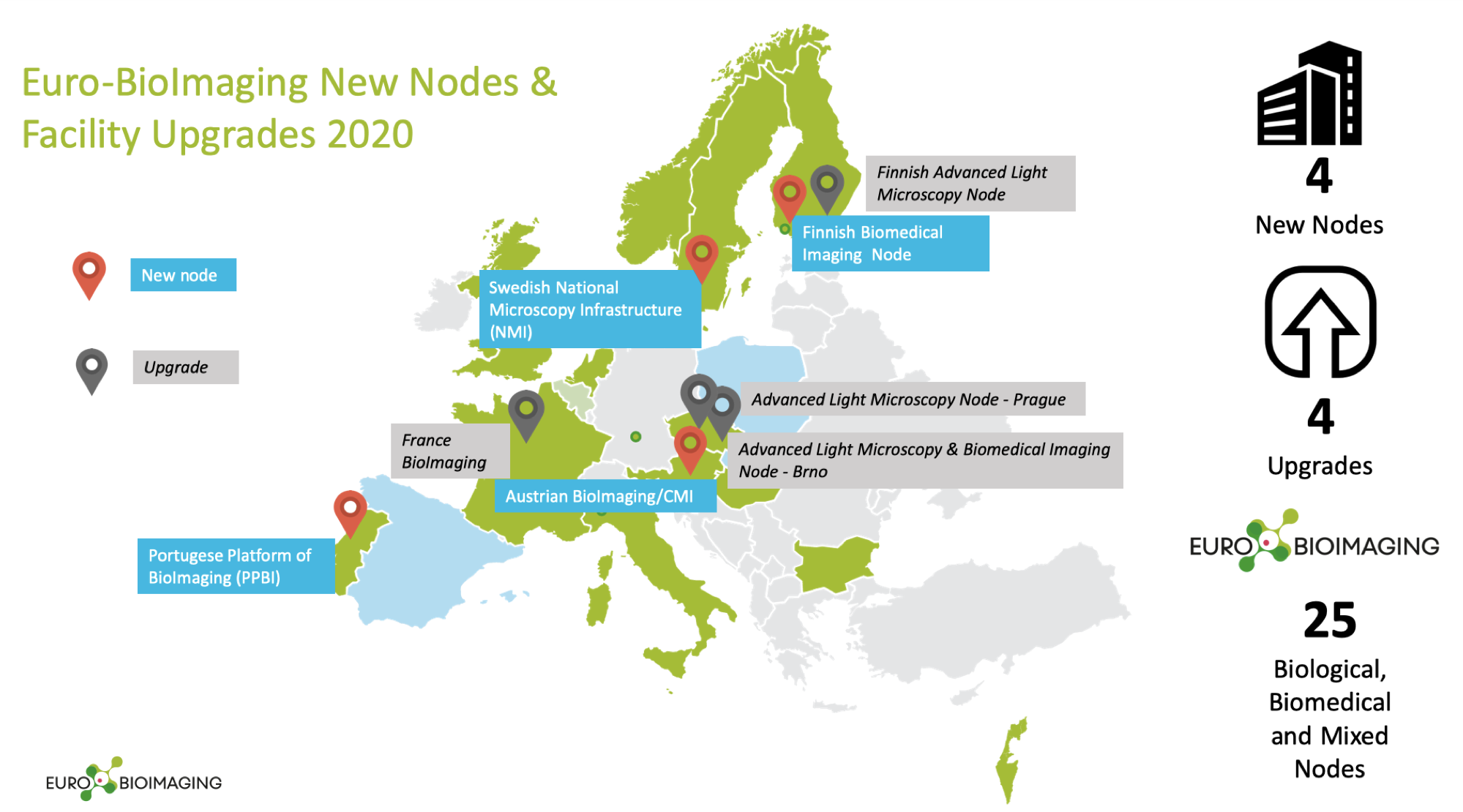Traction Force Microscopy (TFM) has long been used to measure the forces cells exert on their environment – recent advances mean it is ready to go SUPER-RESOLUTION. Euro-BioImaging is now offering all researchers access to super-resolution Traction Force Microscopy (SR-TFM) at our Finnish Advanced Light Microscopy Node in Turku, Finland. In this interview, Dr Aki Stubb, from the University of Cambridge, explains how super-resolution Traction Force Microscopy works.
Can you please briefly describe the principles behind super-resolution Traction Force Microscopy (SR-TFM)?
Traction force microscopy (TFM) is a well-established technique for measuring forces exerted by the cells to surrounding extra cellular matrix. In TFM the living cells are seeded on elastic gels with known biophysical properties and that also contain embedded fluorescent beads. When the cells adhere to the gels they exert forces on it and thereby move the embedded beads. This movement can be tracked over time using confocal or widefield microscopy and the displacement is obtained by comparing the image of the gel with the cell on it, to a reference image of the gel in the same location but without the cell on it. The tractional forces can then be calculated from the beads displacements.
In super-resolution TFM the fluorescent beads used are smaller and they are only placed in the thin top layer of the gel. The bead images are then taken using super-resolution radial fluctuations (SRRF) which utilises the intrinsic radial fluctuation of the fluorophores to precisely determine the location. By using this method for imaging, a larger number of traceable beads can be recognised and used for the calculations. This enhances the spatial resolution of the force measurements. The increase spatial resolution can be used to measure forces from individual subcellular structures such as focal adhesions.



